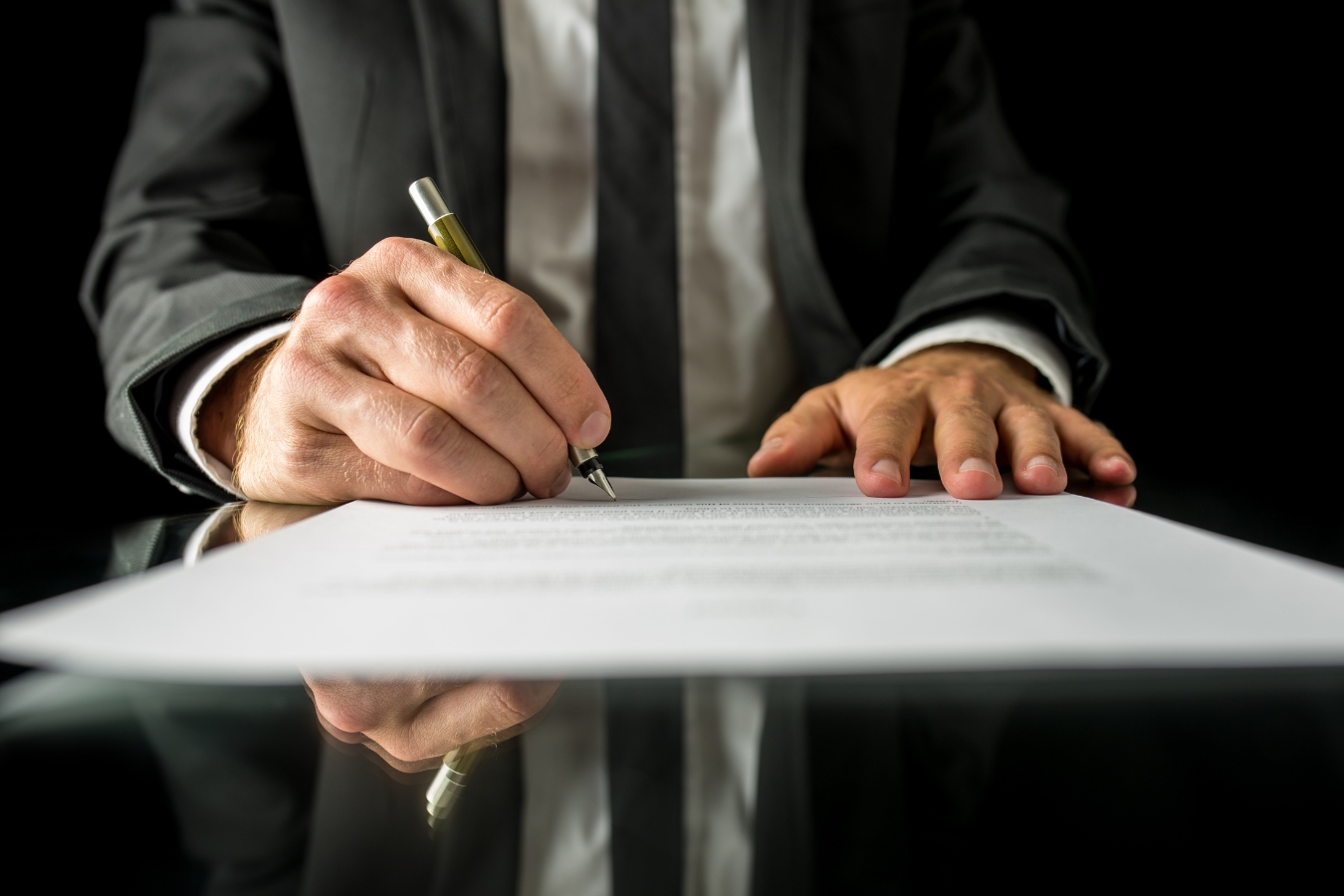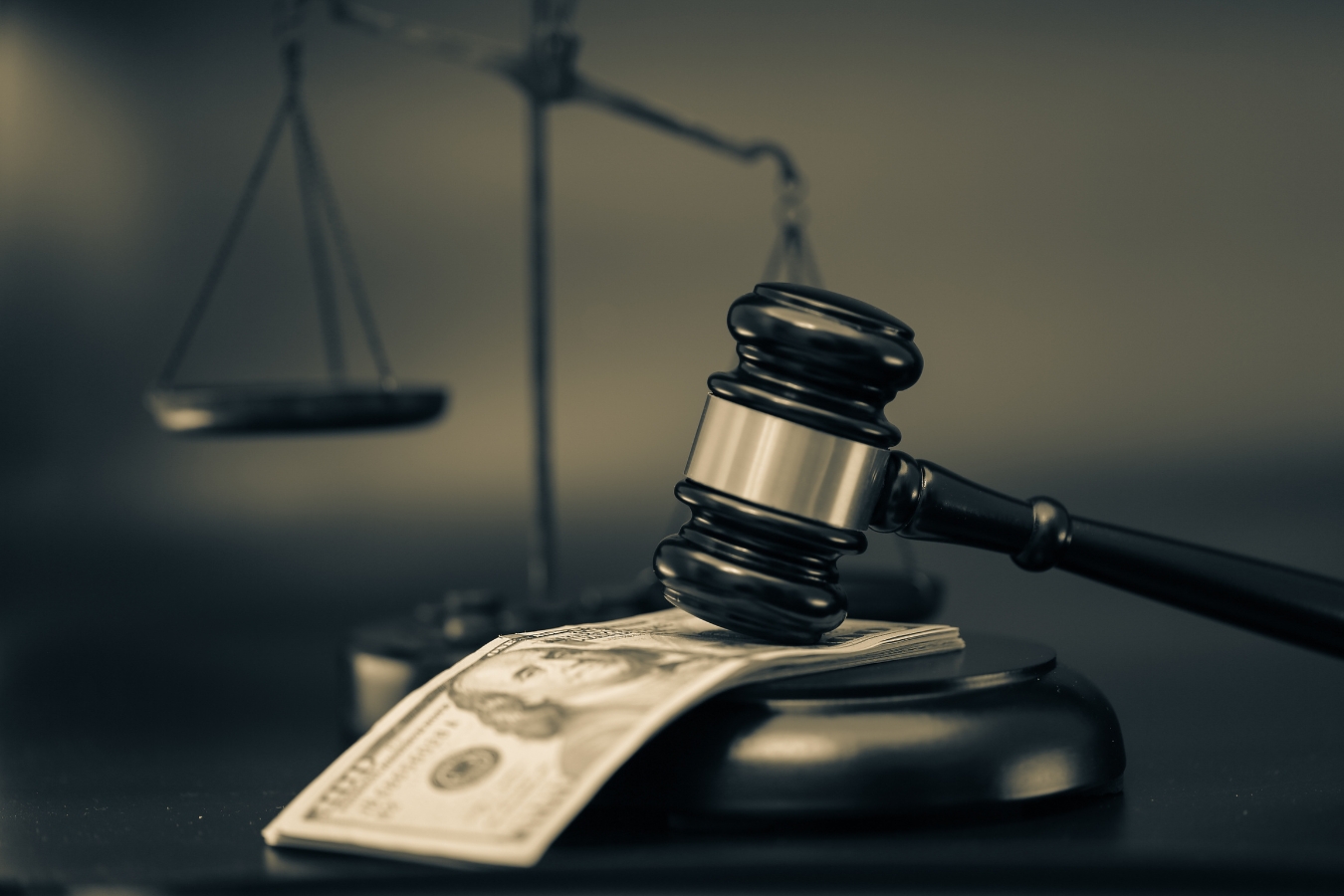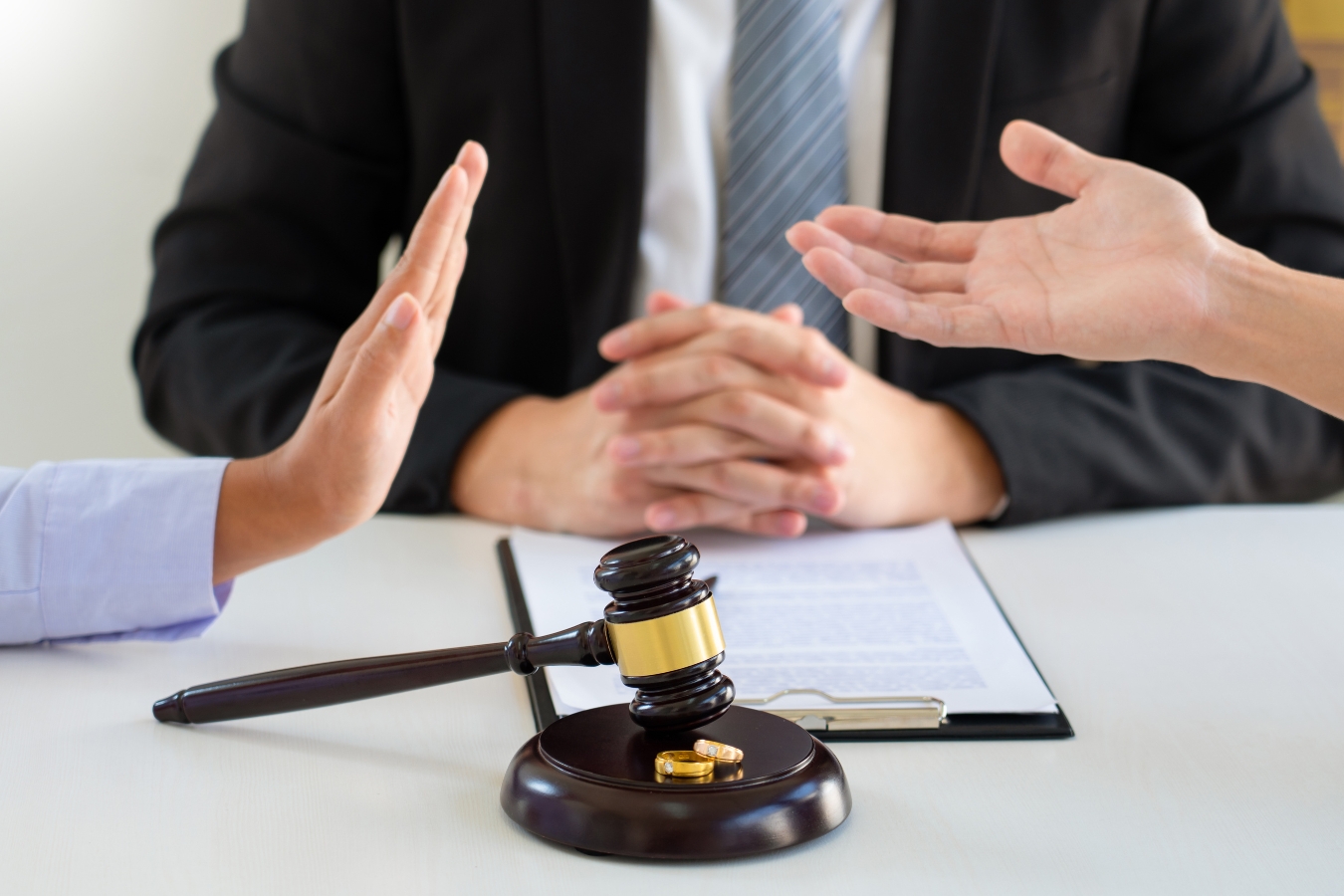Guide for identifying Ultimate Beneficial Owner
In recent years we have been able to observe an increase in the use of corporate structures in criminal operations related to the money or values laundering and/or the financing of terrorism, aiming to hide the ultimate beneficiary of the operations, thus complicating the identification of the person responsible for the criminal acts.
Faced with this problem, the Principality of Andorra, is applying the main standards provided for in the GAFI (International Financial Action Group) Recommendations and applicate Directive (EU) 2018/843 of the European Parliament and of the Council, of May 30, 2018, by which modifies Directive (EU) 2015/849 relating to the prevention of the use of the financial system for money laundering or the financing of terrorism, and which amends Directives 2009/138/EC and 2013/36/EU, introduced through Law 14/2017, of June 22, prevention and fight against the laundering of money or securities and the financing of terrorism (hereinafter, Law 14/2017) the following measures to mitigate this risk: (i) the need to register the beneficial owner of legal entities in the corresponding Register; and (ii) the definition of the beneficial owner in the different types of legal structures.
Definition of the Ultimate Beneficial Owner
In accordance with what is established in article 3.3 of Law 14/2017, when we talk about “Ultimate Beneficial Owner“, we refer to “natural person who ultimately controls the client and/or the natural person on whose behalf the operation or activity is carried out“.
In the case of legal entities, the identification of the beneficial owner is determined by:
- The direct or indirect holding by a natural person of a 25% share in the share capital.
- Control by other means over the management, administration and management bodies or other types of powers:
- Have a high number of shares in relation to the other partners or be a majority shareholder in the chain of ownership that allows you to exercise control over the company’s general meetings.
- The existence of a parasocial pact that grants the partners involved relevant decision-making powers.
- Have the power to appoint or dismiss the majority of administrators.
- Have a mandate to control the control bodies.
- For belonging to high-level management positions or, by other means, exercise control over the management bodies or the effective management of the legal entity.
- For acting as chief executive officers or having equivalent executive powers.
Obligations linked to the determination of the Ultimate Beneficial Owner
Once the Beneficiary has been defined, the following obligations to adopt regarding this information must be considered:
- Record the analysis of the documentation to identify the beneficial owners of the company and keep all the documentation and information for at least 5 years. Said documentation must be duly digitized.
- Continuously monitor the business relationship, reviewing existing clients to confirm that there have been no changes in relation to the beneficial owner. In any case, with a periodicity of no more than 5 years.
- Evaluate the documentation provided by the client, and whether it has sufficient indications or reasons to transmit a suspicious operation statement to the UIFAND.
- Formalize written policies and procedures regarding internal control that include the application of due diligence measures regarding the identification and obtaining of information and verification of the identity of the client and beneficial owner.
The following obligations are established for legal entities:
- Carry a Book Register of Beneficiaries. The information entered in the Registers must be properly updated.
- Supply the information from the Books Register of Beneficiaries to the Register of Companies. It must be carried out within a period not exceeding 15 working days from the date of granting the public deed of incorporation of the company.
- Properly keep the information of the beneficial owners.
Verification of the Ultimate Beneficial Owner
Both in the case of natural person customers and legal person customers, the identity of the customer and the beneficial owner must be verified before establishing any business relationship:
- Natural person: By showing an official identity document (Passport, ID) or of the powers of representation.
- Legal entity: By means of the following documents: Register of Companies, Articles of Incorporation, the most recent Report, Annual Accounts approved and deposited, Act of Real Ownership, among others.
The Management










